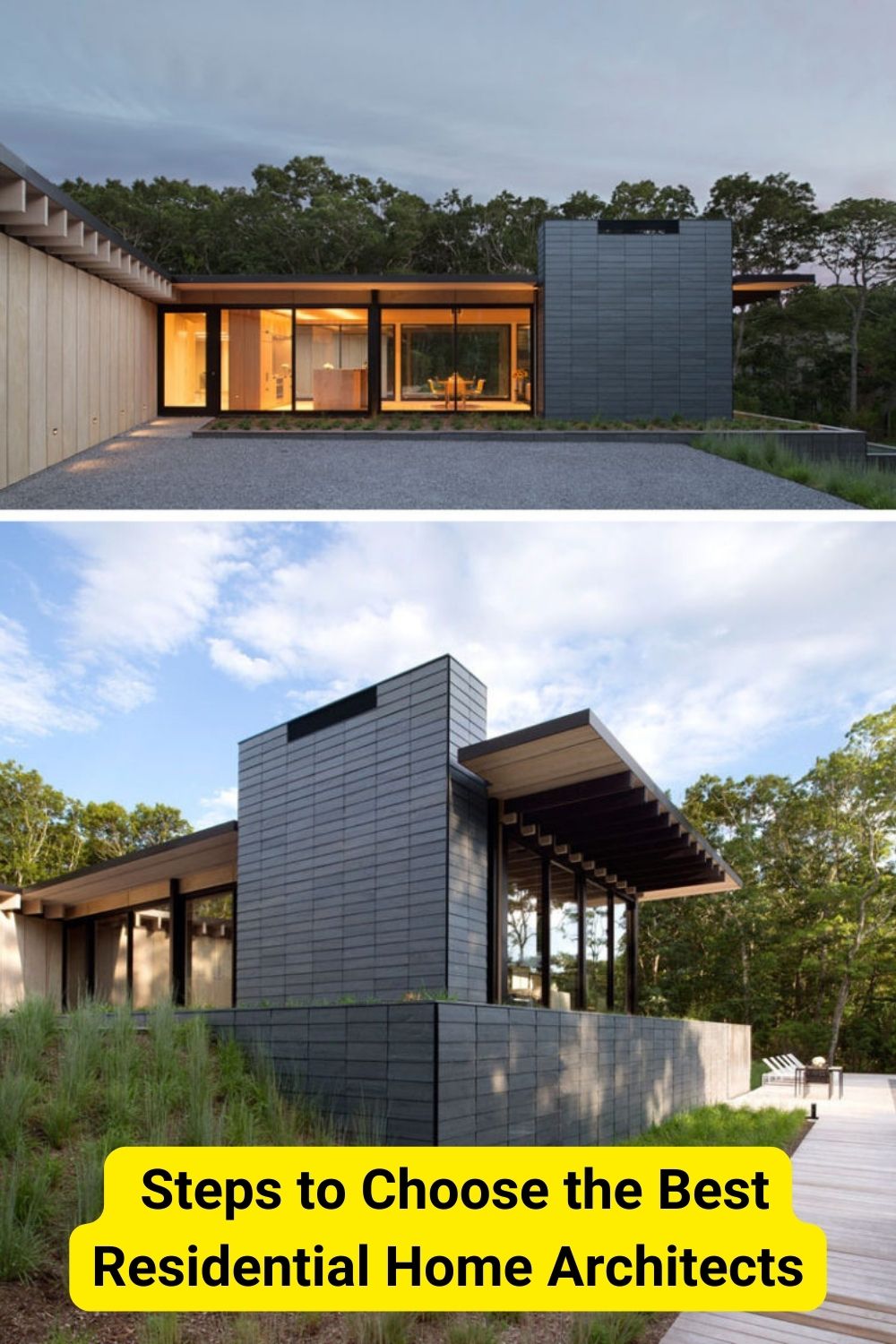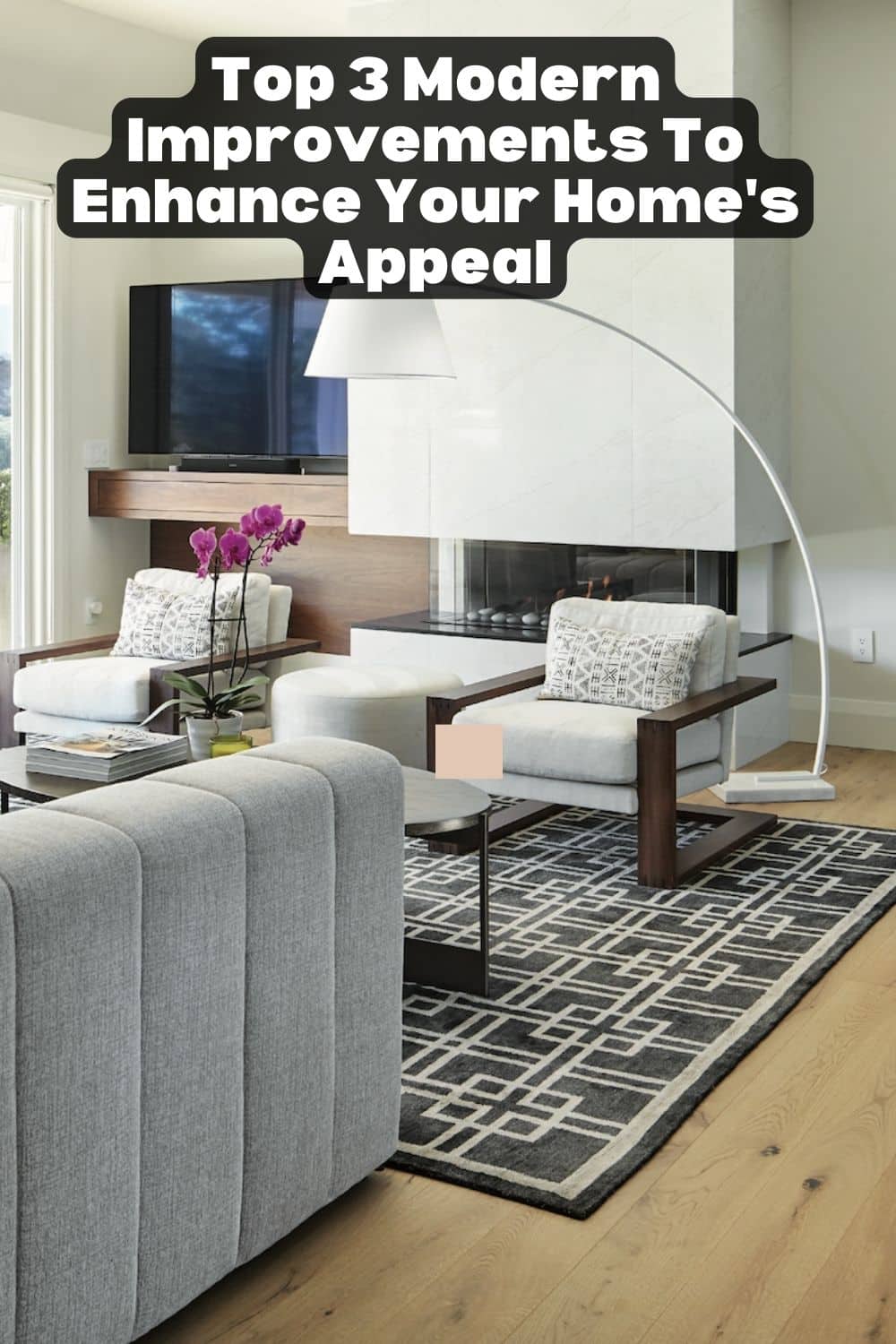Building your dream home from the ground up is an exciting and rewarding journey. Unfortunately, it is also time-consuming and very stressful at times.
The 5 tips to build a home from scratch outlined below will help you if you are thinking about building a new house for you and your family.
Create A Budget
Creating a budget and figuring out your financing options will help you balance between what you want and what you can afford.
When budgeting for your new home, you’ll need to create four separate budgets.
●Land Budget
This budget will cover all the costs associated with getting the land ready for building. You’ll need to factor in the cost of the land, the legal fees, and anything else involved in preparing the plot for construction.
●Building Budget
This is where a big chunk of your money will go. The house build budget will differ from one location to another and from one type of house to another. For example, a barn dominium Michigan will cost you less than a single-family house in the exact location.
Generally speaking, though, you’ll need to include the down payment, the cost of building materials, the house plan, plumbing, and electrical installation in the build budget. Of course, the builder will take care of all that for you. But it helps to have at least an estimated cost of how much each of those will cost you.
●Finishing Budget
Once the house is complete, the finishing costs come next. These costs may include painting the house, preparing the garden and the pool, and installing solar panels, heating, and air conditioning systems.
●House Furnishing Budget
Furnishing your house won’t be expensive, since you may already have your old furniture. Using your old furniture will cut down on expenses drastically. However, if you plan to buy new furniture for the new house, you could buy the necessary items needed in the house first. Once you move in, add a few more items every month until the whole house is furnished.
You also need to consider how you plan on financing your house-building project. The traditional construction mortgage is what most people go with. However, there are three other financing options you could choose from. You can apply for an FHA loan, a VA loan, or a hard money loan.
Find A Good Piece Of Land
When choosing a plot for your house, the land’s cost, safety, and location are important.
For soil quality and safety, have a geologist inspect the land to check if it is stable to build on or not. The geologist inspection will also ensure the site is not prone to floods and earthquakes. The plot should also be surrounded by necessary facilities like schools, malls, hospitals, and public transportation if you don’t plan on using your car every day.
Easy access to utilities is equally important. Gas, electricity, water, and internet should all be available near the plot.
The safety and the location of the plot are important, but so is its price. Take your time to find a good deal that meets all three criteria.
Design Your House
When designing your home, you can opt for a custom or a stock plan. Each one of those comes with its own pros and cons.
A stock plan is a premade plan you can select from an online or an offline catalog. It’s budget-friendly but very limited. Your builder and architect can make minor changes to the stock plan if you ask them to, but not a lot.
On the other hand, a custom plan is made specifically for you. It’s a lot more expensive than a stock plan, though. But with a custom plan, a licensed architect will sit down with you and ask you questions to determine your family’s needs. The architect will then create a plan tailored to meet those needs.
Your budget will determine to a great extent which one of those to go with. However, your decision shouldn’t be driven by money alone. Your family’s needs and the future value of your property are also to be considered. A custom plan, thus, might be the best option.
Gather Your Team
Hiring a great team of professionals is key to the success of your home building project. The three below, in particular, are a must-have.
●The Builder
Choosing a builder for your project is not easy. However, there are three things you should look for when choosing one: the builder’s reputation, portfolio, and the project’s cost. Aligning these three will help you select the right one easily. Ask your friends, family, and your real estate agent for recommendations with these in mind. Take your time to sift through the recommendations. You’ll eventually find a builder that ticks all three boxes.
● The Architect
A skilled architect is crucial to your project, especially if you plan to build a custom home. Many people delegate the task of finding a good architect to their builder. You can do the same. This will save you time and make sure your future home’s design is in the right hands; a builder with a good reputation will only hire the best architects.
● The Interior Designer
An interior designer with a keen eye for detail will be a great addition to your team. In the finishing stage of your home, an interior designer’s recommendations are priceless. For example, when choosing furniture and color schemes for your house, you could easily make the wrong decisions, which would cost you a lot of money. A good interior designer will give you accurate costs and recommend the correct combination of colors and furniture.
Other contractors that should also be on the team include plumbers, electricians, painters…etc. Your builder will mostly take care of those for you, too, as they may already have a great team in place.
Build The House
This is the last of the 5 tips to build a home from scratch. Even if you won’t be taking an active role in the process, it helps to know the actual steps involved in putting up your house from the ground up.
A house building process usually involves these nine steps:
● Getting the building permit and the necessary paperwork.
● Cleaning and preparing the land.
● Setting the foundation.
● Framing the house.
● Plumbing and electricity.
● Installing wallboard panels.
● Adding doors, bathtubs, kitchen counters and cabinets, and all the other internal features of the house.
● Adding exterior finishing.
● Installing the floors.
Once everything is complete, a home inspector will visit the house to make sure it is safe for you to live in. If everything goes well, you’ll then be granted a certificate of occupancy, which allows you to move in and start furnishing your brand-new house.
Bottom Line
Consider these top 5 tips when building a home from scratch. They will save you a lot of money and time and help lessen the headache of building a house from the ground up.





Leave a Reply